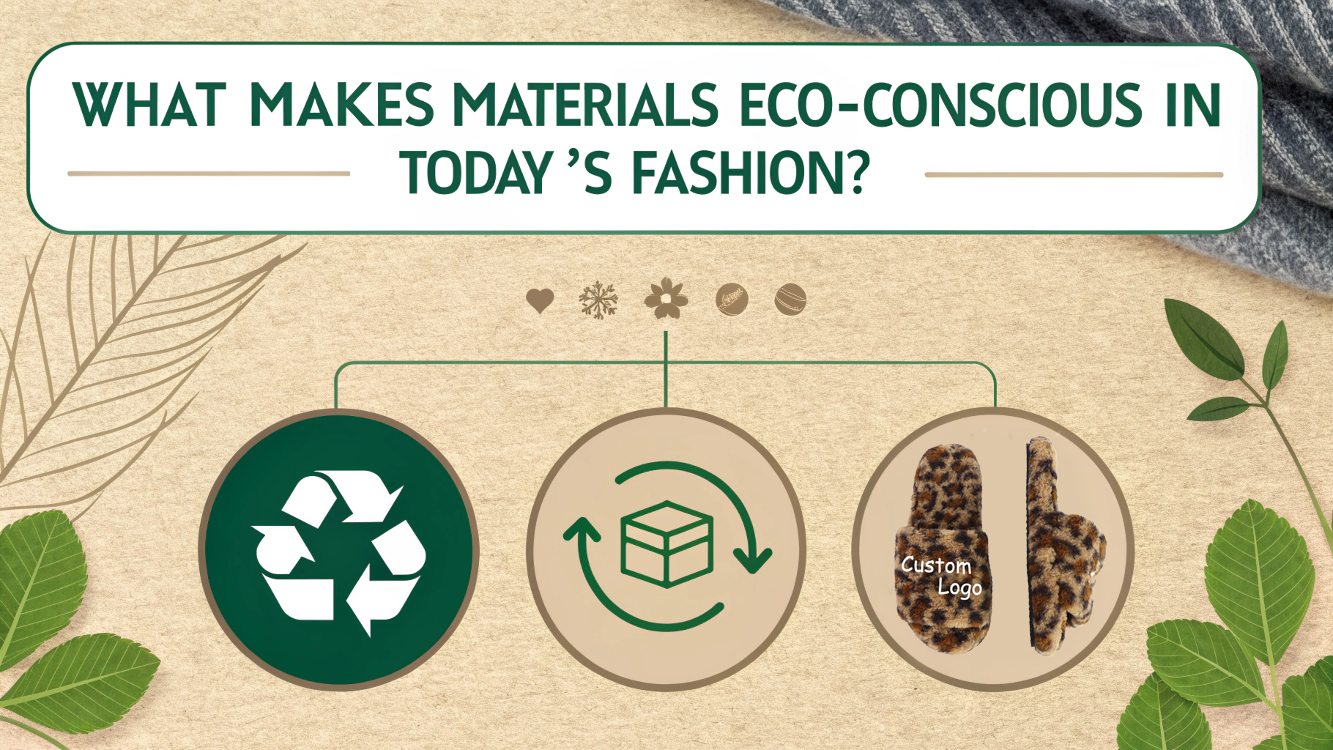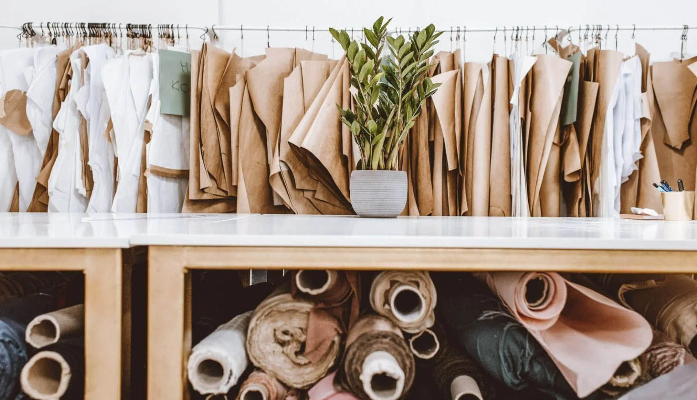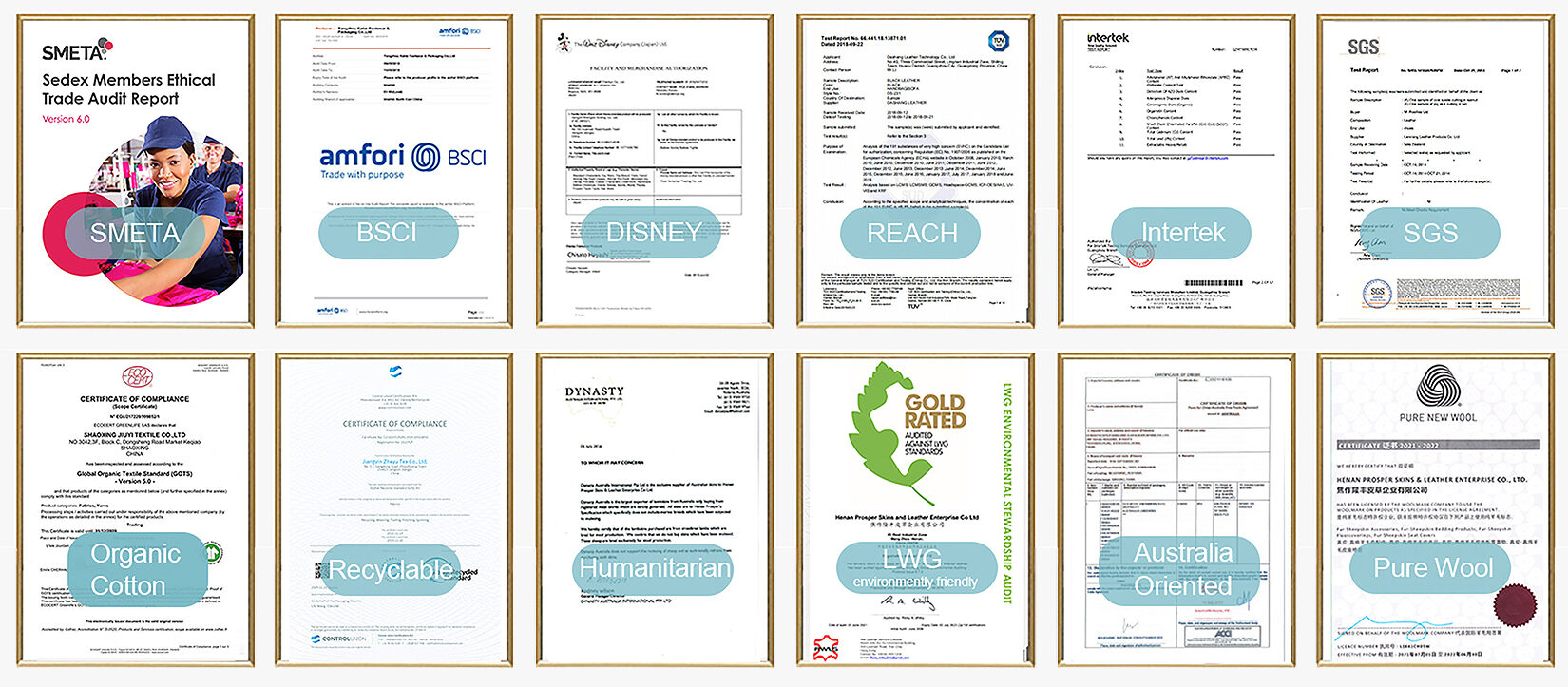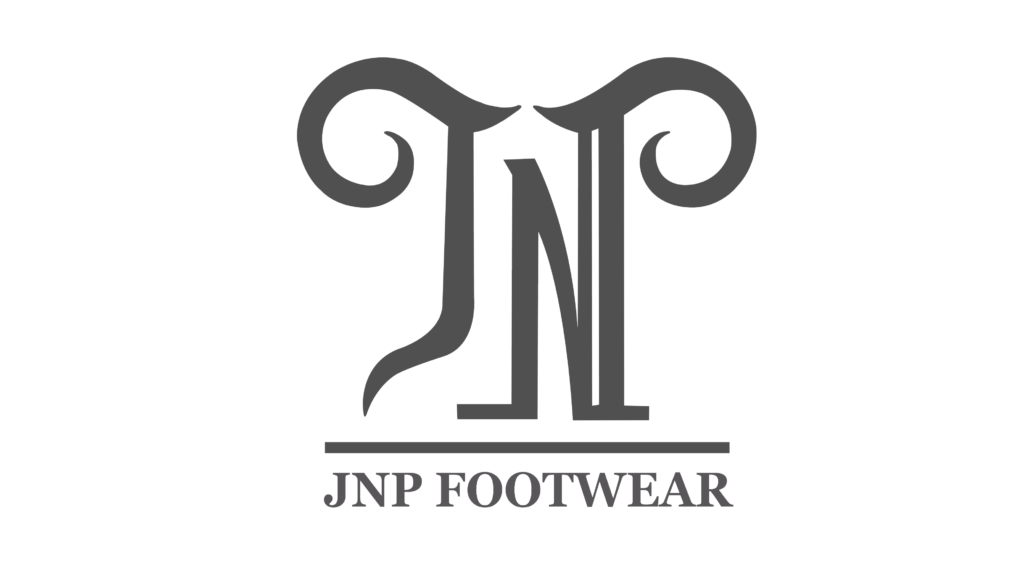The fashion industry creates beauty but often hides waste, pollution, and unfair labor. Many brands now face pressure to respond. Consumers are asking hard questions.
The sustainable fashion movement1 is growing because customers demand eco-friendly materials, ethical factories, and transparent sourcing. Businesses that embrace these changes build stronger trust and long-term loyalty.

Shoppers want style but also want values behind the products. I learned this firsthand in my footwear business when clients asked about renewable fabrics2 and factory audit reports3. I saw how fast this shift is growing.
Why are eco-conscious materials so important?
The problem is that traditional fabrics4 often harm the environment. They waste water, create pollution, and cannot be recycled. This makes buyers uncomfortable with their choices.
Eco-conscious materials2 matter because they reduce waste, lower pollution, and create products that align with consumer values for sustainability and responsibility.

Customers I meet, especially designer brands, now ask for renewable wool, recycled fabrics, and compliance reports. They want both style and sustainability. To help, I often guide them toward factories that specialize in eco-materials. Below is a breakdown of common eco-options:
Common eco-material choices in footwear
| Material | Benefit | Example Use Case |
|---|---|---|
| Organic cotton | Lower pesticide use | Shoe lining, fabric slippers |
| Recycled polyester | Reduces plastic waste | Straps, linings |
| Wool (renewable) | Natural and biodegradable | Wool slippers, warm footwear |
| Plant-based leather5 | Alternative to animal leather | Fashion uppers, sandals |
I have noticed that brands like Amelie from the USA not only request trending styles but also demand proof of eco-friendly reports. This shows that sustainability is no longer an add-on. It is part of their brand identity.
How does ethical manufacturing change buyer trust?
Factories with poor conditions and hidden labor practices damage brand reputations. Buyers cannot afford scandals, especially in markets like Europe, the UK, and Japan.
Ethical manufacturing6 builds trust by ensuring workers’ rights, safe environments, and transparent audits. Buyers feel safe when they know their products are responsibly made.

In my business, I work with factories that have passed audit reports3 and provide compliance reports. This has been key in building trust with large buyers. For example, Andy, a wool distributor in New Zealand, values ethical sourcing as much as competitive pricing. He knows his clients will not accept poor labor practices.
Key elements of ethical manufacturing
| Factor | Why it matters | How I apply it in my business |
|---|---|---|
| Audit reports | Proof of compliance | Partner only with audited factories |
| Worker safety standards | Protects labor force | Regular checks with partners |
| Transparent supply chain | Reduces hidden risks | Clear communication with buyers |
| Fair wages | Supports community stability | Long-term factory relationships |
This attention to ethics reassures clients who are sensitive about brand reputation. They see me not just as a supplier but as a trusted partner.
Why is customization linked to sustainability?
Many brands face the problem of excess stock. Large runs of products that do not sell end up as waste. This goes against sustainability goals.
Customization reduces waste by matching production to actual demand, supporting eco-conscious practices, and allowing brands to offer unique styles with less environmental impact.

My younger client base, like Rural in the USA, relies heavily on small-batch orders. They want trendy, fast-moving styles but do not want to overproduce. Our ability to handle low MOQs while using eco-friendly materials solves both problems.
Benefits of customization for sustainability
| Customization Factor | Benefit to Environment | Benefit to Buyer |
|---|---|---|
| Small-batch production7 | Reduces overstock waste | Flexibility with new trends |
| Eco-material options | Supports brand image | Aligns with customer values |
| Custom logos and styles | No generic waste stock | Stronger brand personality |
| Flexible design process | Adapts quickly to market shifts | Faster response to demand |
This link between sustainability and customization is often overlooked. But in my work, I see it is one of the strongest tools to balance fashion trends and eco-responsibility.
Conclusion
The sustainable fashion movement grows because people want style with values. Eco-materials, ethical factories, and smart customization shape the future of fashion.
Footnotes
-
Helps readers understand the definition and scope of the sustainable fashion movement. ↩
-
Explains why eco-conscious materials matter and what types are most used in fashion. ↩ ↩
-
Shows readers how audits ensure ethical manufacturing and compliance with global standards. ↩ ↩
-
Provides readers with evidence about the pollution and waste caused by conventional fabrics. ↩
-
Offers insight into how plant-based leather works and its benefits compared to animal leather. ↩
-
Gives a deeper understanding of what ethical manufacturing involves and why it builds brand trust. ↩
-
Explains how small-batch customization reduces waste and supports sustainability. ↩

